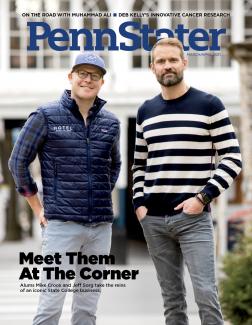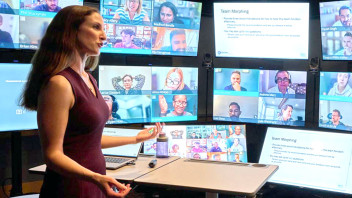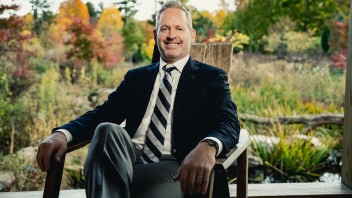A View to a Cure
Consider this: A lifelong heavy smoker’s risk of getting lung cancer can be as high as 25%. But a woman who inherits a mutation in the BRCA1 gene has a 72% chance of getting breast cancer before age 80. Those odds are so terrible, and so terrifying, that many women choose a double mastectomy to either halt an early cancer or avoid getting it; in some cases, they undergo removal of their ovaries as well. Researchers have found that more and more women are making that life-altering choice: Between 2002 and 2012, according to an Annals of Surgery study, the proportion of women diagnosed with breast cancer who chose to get double mastectomies rose from 4% to nearly 13%.



